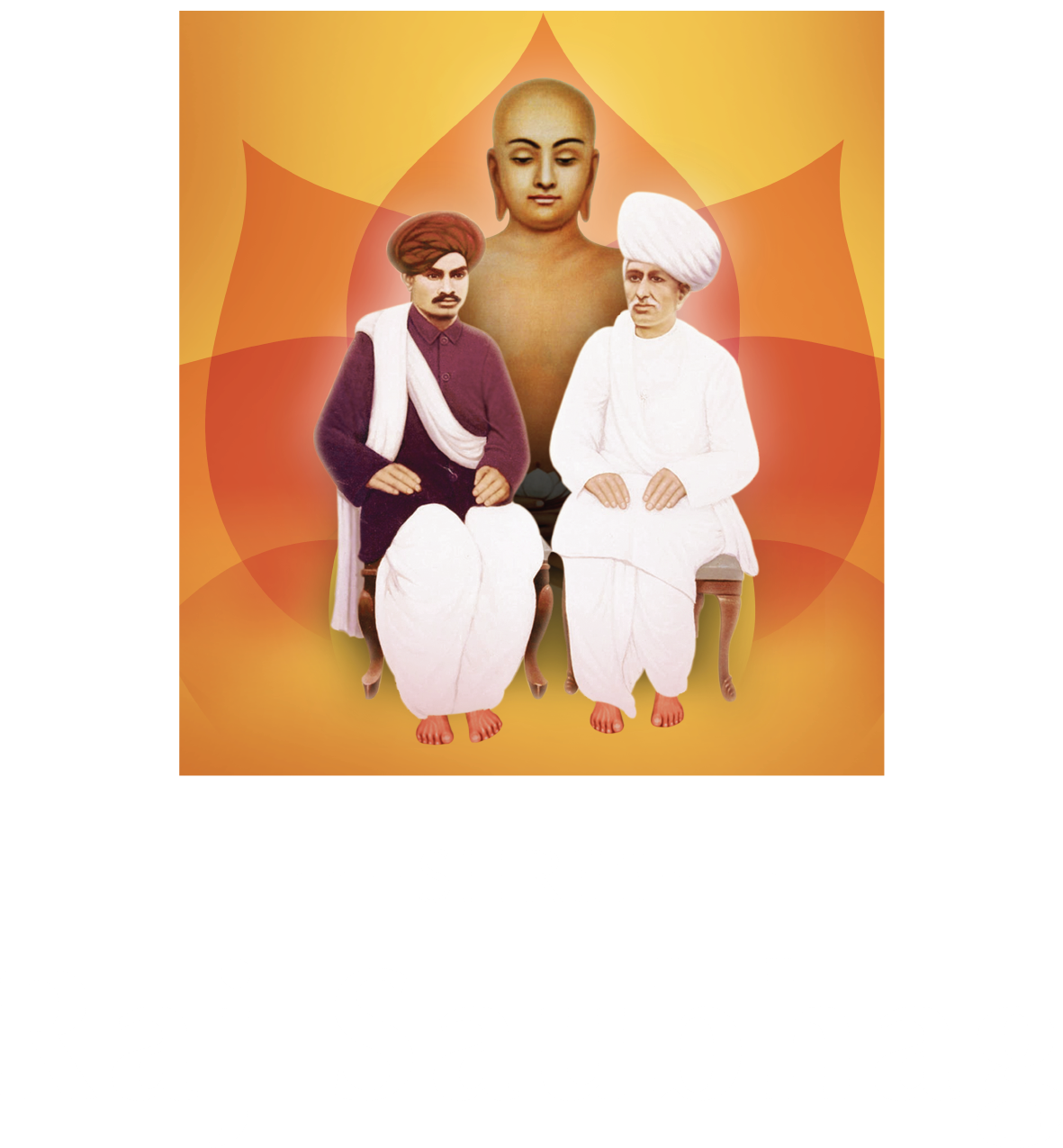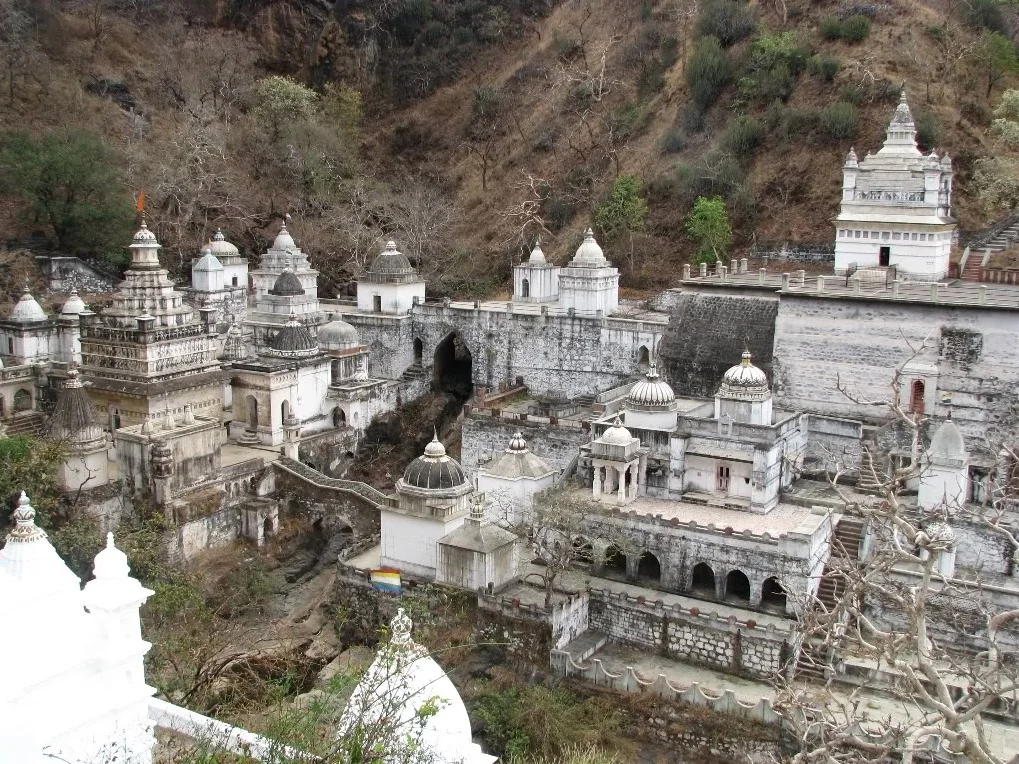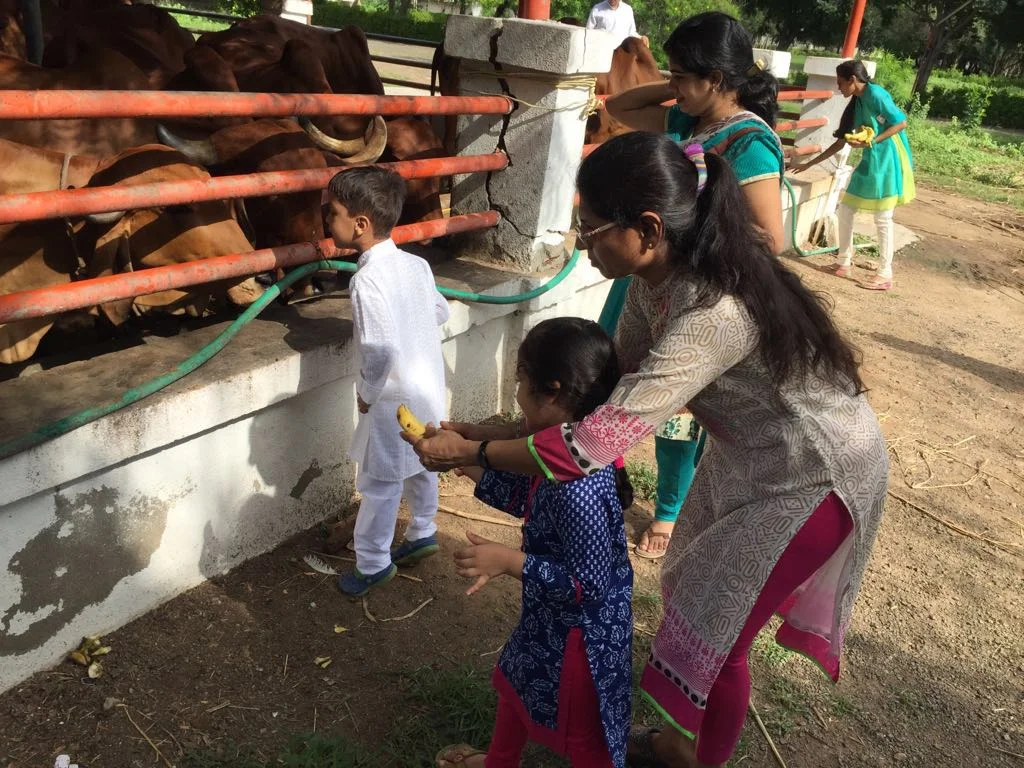IVY – joins the Real New Year Celebration!
'We vow to become Divine from within'
The year 2016-2017 marks the 150th birth anniversary of Param Krupalu Dev. In this year, the vibrant youth joined the ‘inner transformation’ journey. Compassionate Sadguru has unconditionally loved us. How do we repay his incessant love? – By ‘being the change we want to see’.
First swadhyay of New Year started with a narrative about the compassionate Abraham Lincoln whose unconventional reply gave a new perspective to ‘being grateful’. Once, he was going for a conference and en route he saw a pig stuck in mud and struggling to save himself. Full of pity for the poor animal Abraham Lincoln saved the pig. When asked how does it feel to save a life? He replied, ‘’Grateful! The painful sight of a life struggling was burning my heart. The opportunity to save that life has helped me placate my own plight. So in this, have I done that pig a favor or I have been selfish to take care of my own heart?”
The purpose of Ivy swadhyay is ‘to learn to be happy in all times’ and in order to fulfill our purpose, we are going to be optimistic, humble, grateful, disciplined, ethical, follow fundamental truths and be friendly to all.
And TODAY is that invigorating start!
T- Today is an
O- Opportunity to
D- Do better
Than
Y- yesterday/last year;
It takes 21 days to form habit and 90 days to build lifestyle. So, from the month of January to March, we pledged observe these goals and follow the teachings of our Sadguru.
- Being Ethical: No matter what the consequences, I am not going to cheat, lie, manipulate, overdo, unreasonably imitate others, or bend my morals for anybody, in any situation or for any material gain irrespective of anybody watching or not watching me. As my guru has taught, I am going monitor on my ‘negative emotions’ and learn to control them. I am going to evaluate my needs and wants, and be rational and rightful in my conduct. I am going to reason before I act.
- Follow Daily discipline: Be it any day of the week, I am going to be disciplined. I am going to punctually wake up and sleep at the determined time. I am going to have meals as decided. I am going to fix time to do my aagnas and sincerely and consistently follow the rituals. I am going to read good books, exercise daily and meditate for healthy mind, body and soul. And I am going to do this because I want to and not because I am told to.
- Observe Fundamental truths: The happiness of eating our favorite meal, watching our favorite cartoon/movie, vacation to a beautiful place, outing with friends has given us happiness. Has that happiness continued in the absence of these situations/people or object? “No”. However, by observing the ‘Anitya Bhavna’ we remind ourselves that we are not the body; we are the soul that resides in this body. Whatever we see with our eyes is temporary and therefore incapable of giving us permanent happiness. Our inner transformation is capable of making us realize what real happiness is and how it is independent of outer circumstances.
- Be friendly: I am going to be friendly to one and all. I am going to develop the virtue of ‘ahimsa, selflessness and compassion’. In everything I do, speak, walk, sit, stand, eat or drink, I am not going to cause any harm to any soul. I am going to conserve water and electricity. I am going to protect as many lives as I can in my daily routine.
How am I going to make sure that I follow these goals meticulously and am going in the right direction? I am going to do that by observing and learning about the life of Param Krupalu Dev, Pujya Bapuji, Pujya Gurumaa and Pujya Bhaishree.
Pujya Bhaishree is the epitome of being organized, being punctual, being ethical, being compassionate and many more virtues. Insights to Param Krupalu Dev’s life will be provided to us through the book ‘Pinnacle of spirituality’. Learning from these enlightened souls, I am going to bring inner transformations and celebrate true happiness.
Nutshell:
- I am going to be the change I want to see.
- I am not born to be sad. I am created to be happy. I am going to be happy and spread happiness.
- Life is like riding a bicycle. To keep my balance, I need to keep pedaling which means keep moving.
- When I am helping someone else, I am going to say thank you for the opportunity they have provided me to serve them. I am helping myself by helping others.
- Contemplate to realize - I am not the body, I am the soul within the body – this one thought must remain with us all the time.
- I am going to build a healthy lifestyle – by practicing daily discipline, by being ethical, contented and selfless.







































